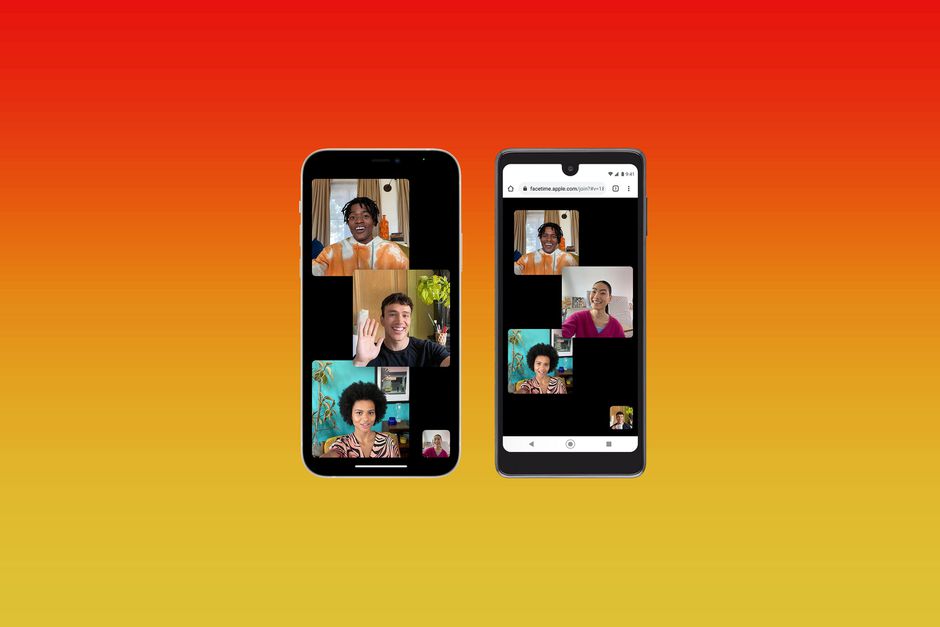
How to Stop Getting So Many Spam Text Messages
With every leap we take in furthering breakthroughs in communication, it seems like there’s always a way for unwanted solicitations to work their way into our day. From junk mail to robocalls to unsolicited emails, marketers and scammers alike have never had any problem getting our personal contact information and using it for their own personal gains. While almost always annoying, some can be downright dangerous.
We’ve all (hopefully) been made aware of phishing scams and how private information like bank account information, social security numbers, and even webpage passwords can make its way into the hands of those with nefarious intentions (via FTC). There never seems to be an end to the cons these phantoms attempt to rope us into.
While email spam filters and state/federal “do not call” registries have alleviated a lot of the unwanted contacts from spammers, those determined to make unwarranted contact with us have been able to worm their way into our text messaging systems. If you’re getting spammy text messages, you are not alone. Robokiller tells us that nearly five billion spam texts are sent to U.S. residents annually. Thankfully, there are steps you can take to not only prevent them but also stop them altogether.
The vast majority of spam text messages are not sent from another cell phone. They are most often sent from a computer, a free method of sending a text for the sender (via Norton). While they might seem like a mere annoyance, these texts are usually meant to trick you into giving up personal information. This can be achieved by you voluntarily sending it or by allowing the sender to install malware on your device. Either way, you could find yourself in a situation where your private data is compromised.
Norton tells us to never respond to these texts, as doing so will alert the sender that the number they are messaging is a legitimate phone number. This will lead to your number being sold as part of a legitimate phone number list to other companies.
We are also cautioned to never click any link that has been sent via text unless you recognize the phone number that is sending it. External links from these text messages can lead to malware being installed. The information this malware may gather can result in your personal information being sold to independent marketers or companies running financial scams.
While you’re able to individually block numbers from texting you, Robokiller informs us that doing so with spam texts does no good. Recall how these texts are sent from computers and not actual cell phone numbers. What appears to be a sending phone number is in reality a spoofed number. So you can block these texts all day long, and you’ll still wind up getting spam texts.
It’s worth checking to see if your cell phone carrier offers a spam text blocking service. If it does, consider contacting your provider and signing up for this service. Signing up for a third-party spam blocker is also worth considering. Companies like Nomorobo, YouMail, and TrapCall are all options for blocking spam phone calls and filtering out most unwanted spam text messages.
You’re also encouraged to report suspected spam texts to your cell phone carrier; this can be done by texting the spam text number 7726 (SPAM) (via FTC). Texts to this number will not incur any text or data charges.
Finally, you will be able to block a good number of suspected spam texts and calls by going into the settings of the phone. For Android, under settings, you need to enable “Caller ID and Spam” (via Google). For the iPhone users out there, go to messages when in the settings tab and toggle on “Filter unknown senders” (via Apple). Keep in mind that turning this feature on may result in messages you want also being filtered, as it targets messages from any number that isn’t in your phone’s contacts.
One preventative step won’t be enough. But if you enable your phone’s setting to intercept these types of texts as well as use a third-party spam blocker, you should be able to eliminate these pesky spam texts.







![[pii_pn_db8b3567be830b8c] Error Code](https://esolutionhow.com/wp-content/uploads/2023/04/Pii-Errors-pii_email_-4-350x230.png)
![[pii_pn_bb456fe8f133f213] Error Code](https://esolutionhow.com/wp-content/uploads/2022/12/Outlook-Error-Code-pii_email_1a85c09ee7a236c446b6-How-To-Fix-it-350x230.jpg)
![[pii_pn_8a68e8c174733080624b] Fix Outlook Error Code](https://esolutionhow.com/wp-content/uploads/2023/04/Pii-Errors-pii_email_-7-350x230.png)